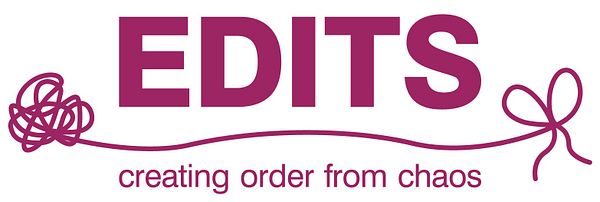Blog post -
The ABCs of organizing paper clutter
As a keyboardist in an amateur band, I've always had this nagging feeling that handwritten notes are way better than electronic ones. I just assumed this kinetic-learning part of my brain is a result of being keyboardist. Sometimes I even felt a little "old school" for hanging on to all my handwritten music charts instead of going digital - after all, I love my gadgets - but somehow ditching the papers is painful.
Fortunately for paper-hoarders like me, this recent mind-blowing research validates why handwritten notes are still the best. But the corollary means that we will have more paper to deal with on a daily basis. So what should we do with them?
Three rules - as easy as ABC.
A - ACT on them immediately (the moment you get home or to the office)
By acting, it doesn't mean that you have to file them there and then. It may simply mean putting them in a upright container (see related picture) temporarily until you can deal with them.
But how do you know which papers to work on immediately and which to put aside temporarily? The rule of thumb - if it takes more than one minute to action on it, put it aside for later. Here's a good guide:
| Action immediately |
|
| Put aside temporarily |
|
B - BE diligent about clearing the temporary container regularly
Schedule it into your calendar - either 20 minutes a day, or 30 minutes every alternate day. The keys to deciding the right frequency are:
- Do it at least once a week
- In between clearing the container, it must never overflow
In that 20 to 30 minutes, file the expenses, pay those bills, read through the brochures and tear out whatever that's of interest. If you don't finish the work in 30 minutes, put them back into the temporary container, and then increase the frequency scheduled in your calendar. The key is not to spend an hour or two clearing it. It's easier to do chunks of work than to want to finish everything in one fell swoop, and never accomplishing it.
C - CATEGORIZE your regular filing
If you have regular filing to be done, make sure you have a category for it, and a place to put that category in. You don't necessary need to have a ring binder, but any "container" that fits the item you're filing away will do just fine.
Keep the "container" on a bookshelf, under the bed, on a shelf, etc., depending on how accessible the contents need to be. Just don't keep it on your desk!
So there you have it - the ABC's of filing.
A - ACT on them immediately (the moment you get home or to the office)
B - BE diligent about clearing the temporary container regularly
C - CATEGORIZE your regular filing
Questions or comments? Leave a note below!
Topics
- Consulting
Categories
- taking notes
- filing
- getting organized
